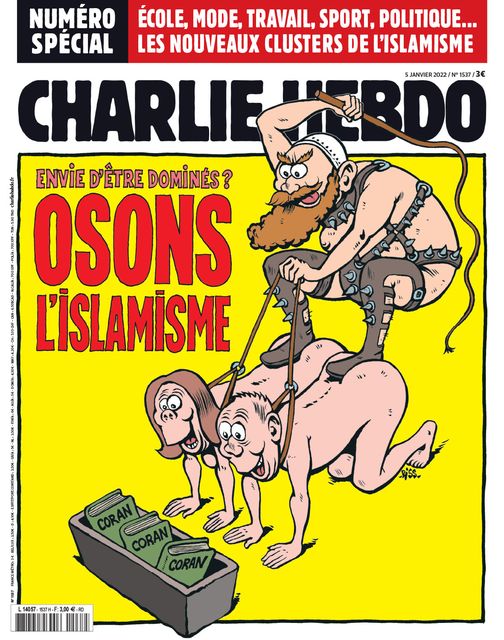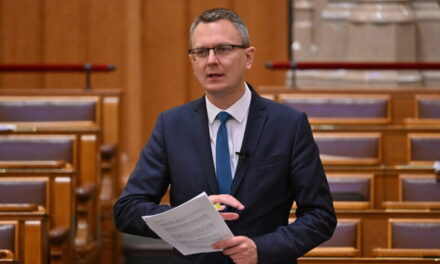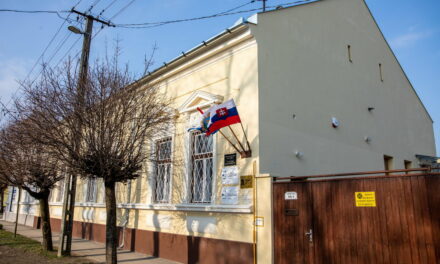The attackers killed a dozen people (including two policemen) and wounded another two dozen, calling for revenge for the published caricatures and for insulting the Prophet Muhammad in the name of Allah.
Twelve people lost their lives and eleven were wounded in the attack.
After a two-day police chase, the attackers entered a printing house in the industrial area of Dammartin-en-Goële. Amedy Coulibaly, linked to the Kouachi brothers, shot a policeman and wounded one person in Montrouge on Thursday morning, then killed four people and took fifteen hostages in a kosher supermarket a day later. On the afternoon of Friday, January 9, the police killed the attackers in operations launched almost simultaneously at the two locations and freed the hostages.
The total number of fatalities was 20 (including the three attackers), and the number of wounded was 21, several of them seriously injured. After the coordinated series of attacks on the night of November 13, 2015, this was France's second deadliest terrorist attack since June 18, 1961, when 28 people died as a result of an explosion on a train.
2015: the first bloodshed
Among the series of aggressive attacks against the paper's editorial office, the terrorist attack against the paper's editorial office in Paris seven years ago stands out. The 2015 Paris terrorist attack on the editorial office of Charlie Hebdo took place on January 7, 2015, when two Islamist militants, Saïd and Chérif Kouachi, attacked the editorial office of the French satirical weekly Charlie Hebdo.
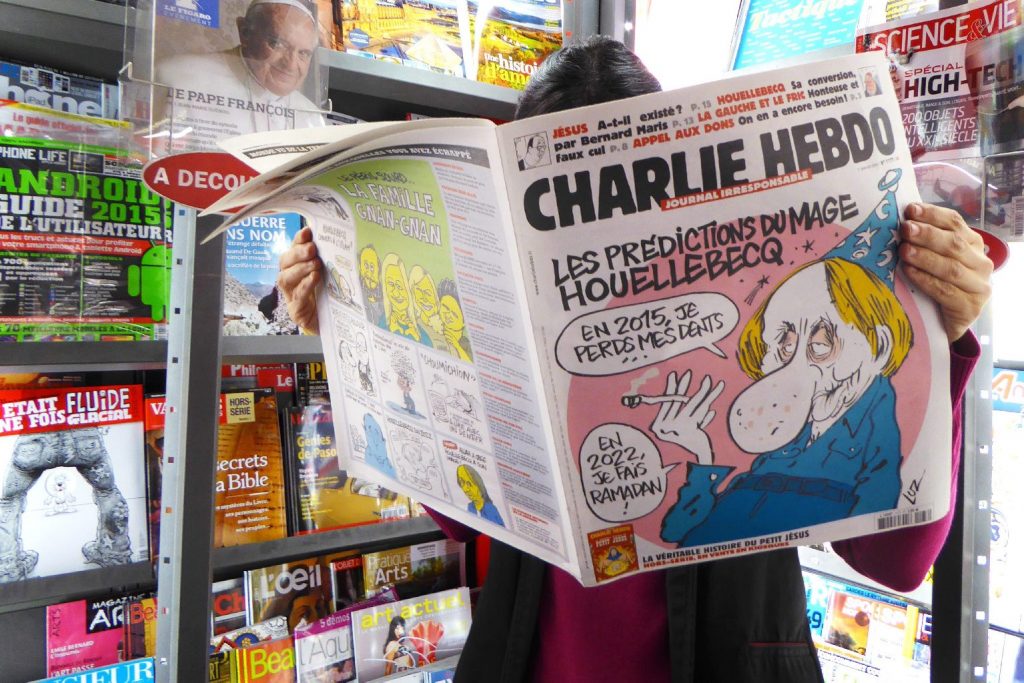
Charlie Hebdo has repeatedly provoked the outrage of Muslims (Photo: MTI/EPA/Caroline Blumberg)
Extremist Islamists regularly launched attacks against the paper
After the attack, the French Minister of Culture, Fleur Pellerin, supported the newspaper with one million euros - because Charlie Hebdo was only able to sell about half of the 60,000 copies previously published, so it was already close to bankruptcy.
A week after the attack, the paper had five million copies in 16 languages, with a front page depicting the Prophet Muhammad holding a sign reading "Je suis Charlie" (I am Charlie). All copies of this issue were sold, generating approximately 8 million euros in revenue for the paper, which could not even pay its employees before the attack in November.
In February 2015, the number of Charlie Hebdo subscribers exceeded two hundred thousand, while ten thousand subscribed to the paper before the terrorist attack.
Extremist Islamists regularly launched attacks against the paper. In November 2011, arson damaged the newspaper's headquarters. On September 25, 2020, an Islamist young man attacked people believed to be employees of the paper with a butcher's knife near the newspaper's editorial office.
One of the often hysterical reactions provoked by the paper was when a young Chechen man beheaded a teacher, Samuel Paty, near Paris. The revenge committed in the open street was preceded by a hate campaign against the teacher, which was launched against him by the parents of his students because he showed some Charlie Hebdo caricatures in one of his classes.
Charlie Hebdo appeared with another provocative issue
Following the attacks on Charlie Hebdo in 2015, many people in Europe reacted to the terrorist act by writing "Je suis Charlie" on their personal Facebook pages and covering their profiles in French national colors. The weekly newspaper is now preparing another provocation for the seventh anniversary of the terrorist attack.
On the latest front page, which was published on January 5, close to the seventh anniversary of the terrorist attack on the newspaper, an Arab man can be seen in dominatrix gear on the back of a naked European couple standing on all fours, whipping them while the Europeans look at copies of the Koran with a welcome smile.
Since its inception, Charlie Hebdo has acted as a fierce defender of press freedom; and in terms of the paper's political position
we can speak of an anti-militarist and anti-clerical, left-wing newspaper, in a society that is still marked by the ideas of May 1968.
The cartoon magazine Hara-Kiri Hebdo (Weekly harakiri), launched in 1969, was hit with a distribution ban in 1970, citing the law protecting minors, after an issue mocking the death of French President Charles de Gaulle due to the magazine's cartoons containing pornographic content.
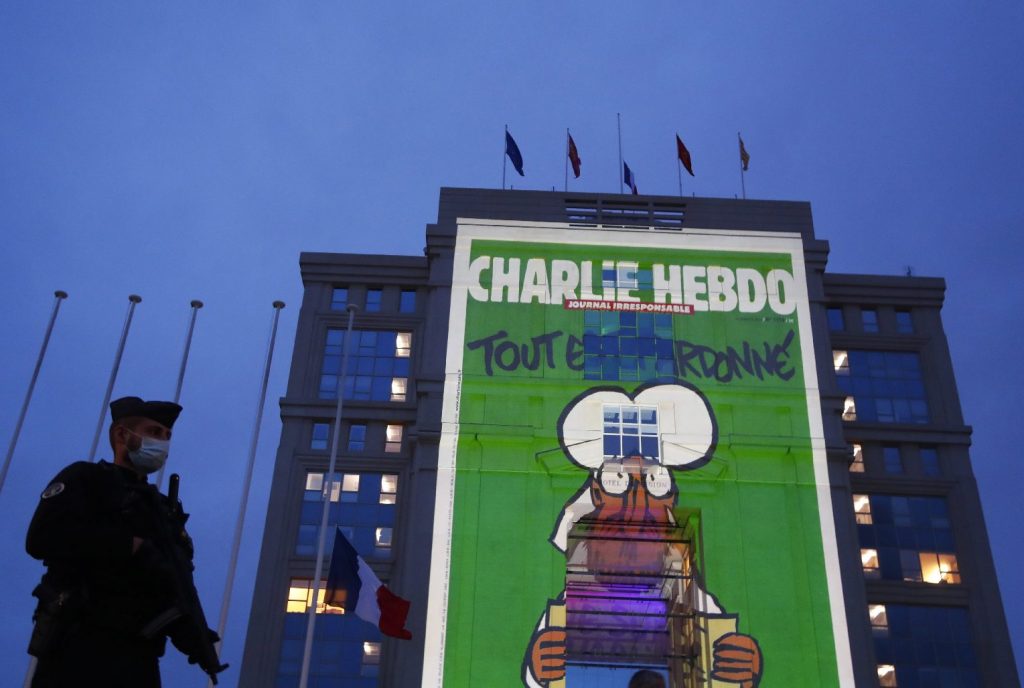
A cartoon from the satirical magazine Charlie Hebdo is projected onto the wall of a house in memory of the history teacher Samuel Paty, who was killed five days earlier, in Montpellier on October 21, 2020 (Photo: MTI/EPA/Guillaume Horcajuelo)
The two founders of the virtually banned paper, Georges Bernier - under the stage name "professeur Choron" and François Cavanna, started the paper under a new name, which this time was published under the title Charlie Hebdo (Weekly Charlie). The new title of the paper referred to Charles de Gaulle, among other things. The paper was discontinued in 1981 due to lack of sufficient readership, and was restarted in 1992.
The religiously critical and left-wing paper's publications often focus on conservative parties and individuals referred to as the "extreme right", Christianity, Judaism, Islam, and French political and cultural life.
Source: hirado.hu
Cover image: Charlie Hebdo Facebook

